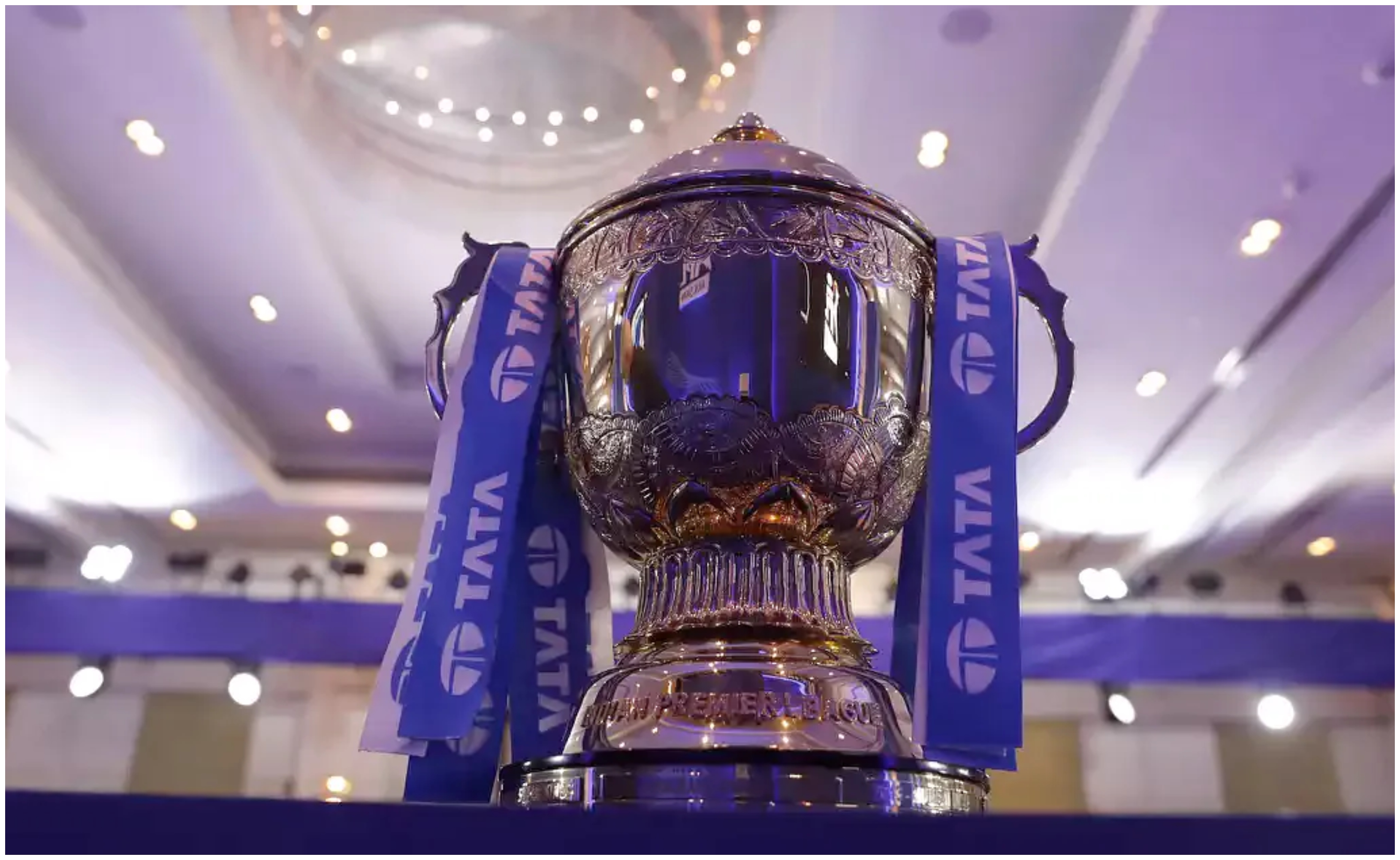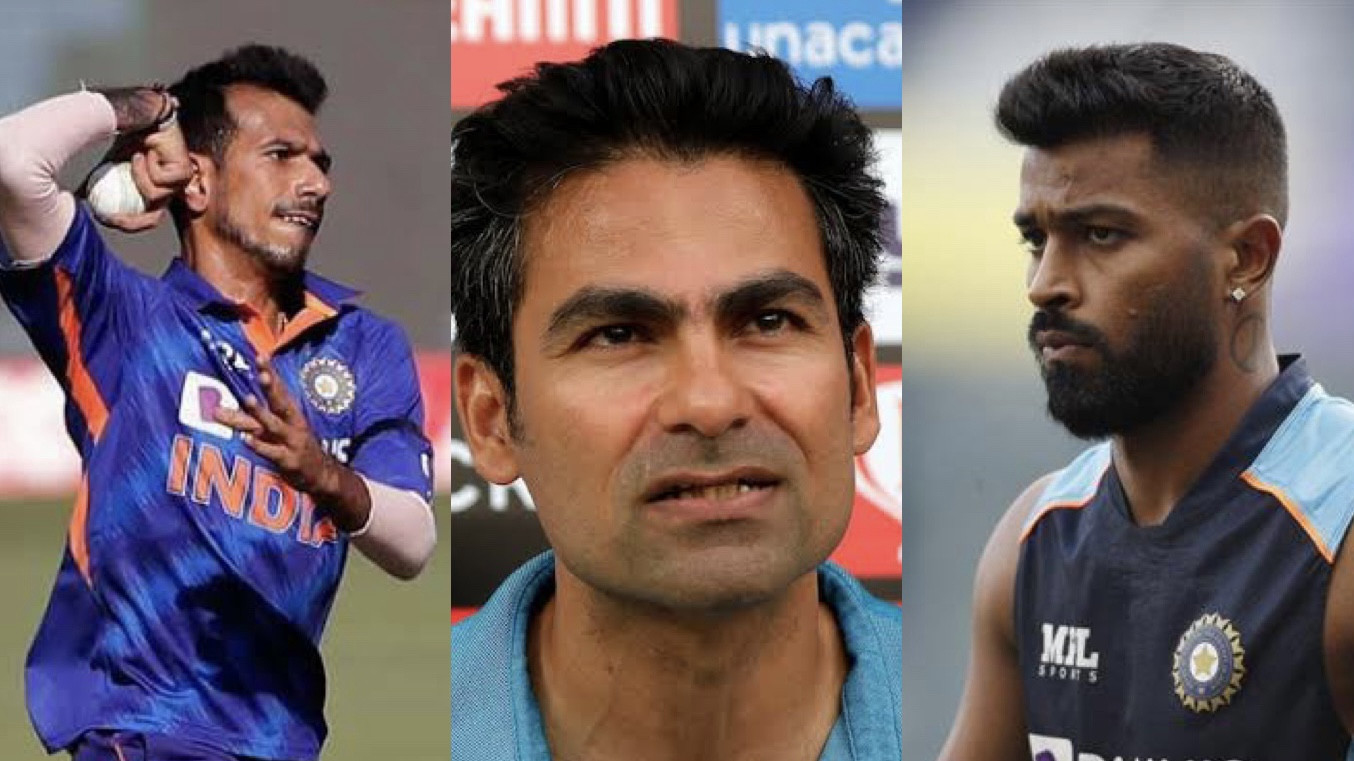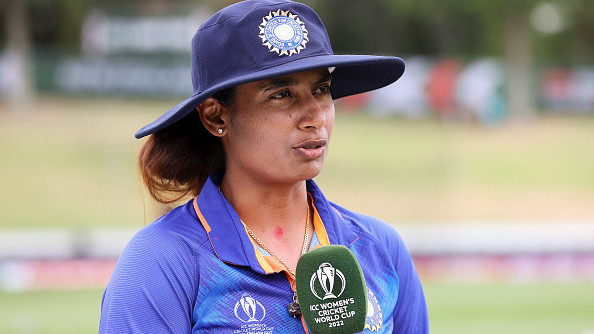 With e-auction for the new media rights of the Indian Premier League (IPL) is around the corner, the BCCI has hinted at expanding the cash-rich tournament in terms of number of games per season in the 2023-27 cycle.
With e-auction for the new media rights of the Indian Premier League (IPL) is around the corner, the BCCI has hinted at expanding the cash-rich tournament in terms of number of games per season in the 2023-27 cycle.
It’s been estimated that the numbers will add up to 410 with a gradual increase after every two seasons.
According to a Cricbuzz report, the Indian cricket board would schedule 74 games in the first two years of the cycle – 2023 and 2024, followed by 84 matches in the next couple of editions. In the final seasons of the cycle, the number of fixtures could up to 94 although the board has also kept the option of 84 matches open.
If this plan comes into effect, then it would be interesting to see how the BCCI accommodates the number of matches for each team. In order to conduct 84 or 94 matches, it’s likely that each team will play twice against other teams which used to be the format until IPL 2021, followed by the 4 games in the playoffs.
In the IPL 2022 edition, the 10 teams were divided into two groups with each side playing twice against the other four placed in its group, once against four of the other group and twice against the remaining one. With the addition of playoff clashes, the number goes up to 74.
If this has to be taken to 84, the method could be changed, like twice against each side in one’s own group, twice against two of the other group and once against the remaining three.
The report further claimed that there is no ambiguity in the number of games for the Special non-exclusive Package (C) of the IPL media rights when the number of games goes up in the upcoming seasons. Earlier, it was reported that the special package will have the rights to non-exclusive 18 games in a 74-game season.
As per the Cricbuzz report, Package C will have the rights to 20 games for an 84-game IPL season while the number of games will increase to 22 in a 94-game edition. Overall, the number of games in Package C in five years will be 96, which includes the opening match, four play-offs and the night games of the double headers.
(With IANS inputs)



